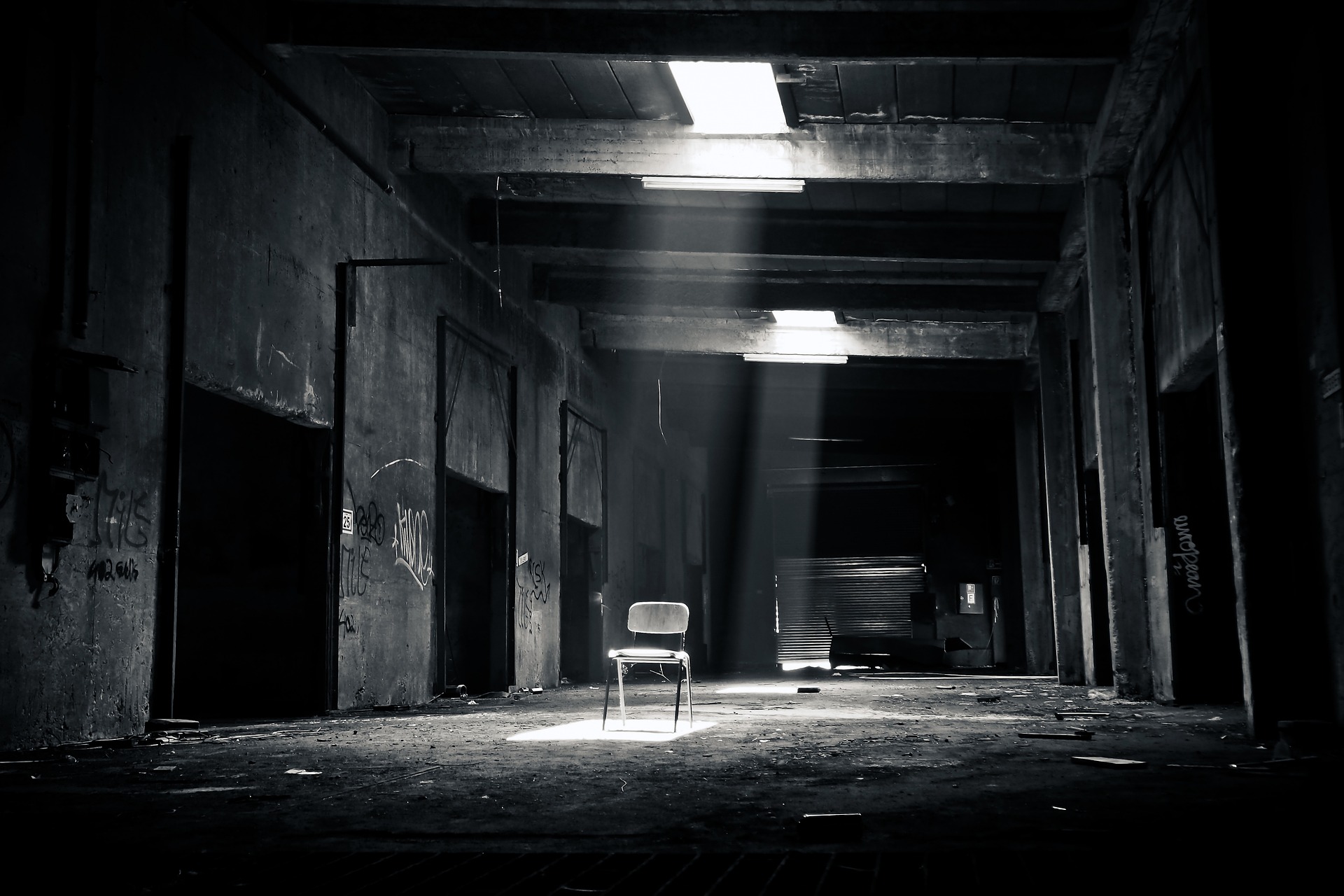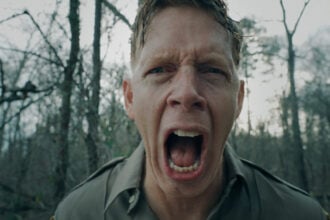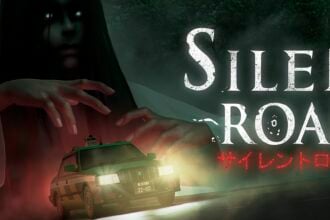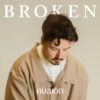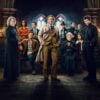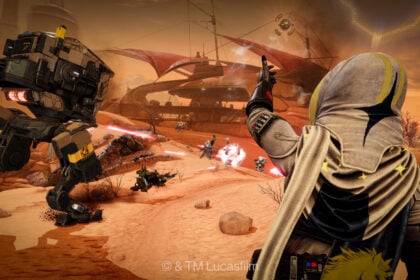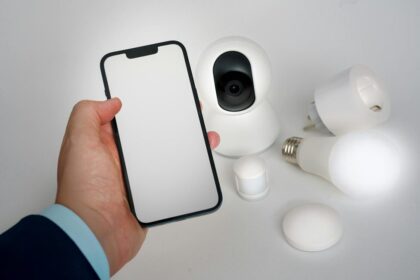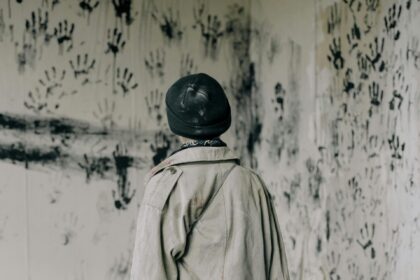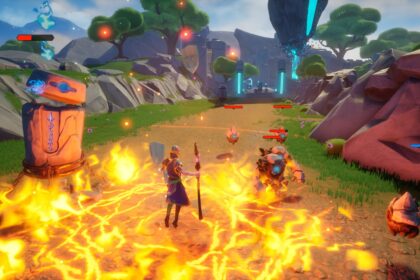In this modern age, it is often desirable to make a prominent tool that happens to be in almost everyone’s hands, such as the cell phone, the crux of horror stories.
No longer is it necessary for scary stories to revolve around complex gizmos or extremely complex imaginary objects: cell phones can easily be the focus of these stories instead.
This is just one instance of how modern technology has inspired a new generation of horror.
What aspects of cell phones have been explored in this new generation?
Many fiction books, such as Stephen King’s The Call, depict cell phones as a medium through which disaster strikes. In this novel, a signal transmitted through cell phones transforms people into zombies.
Although cell phones do indeed transmit signals, this tale is definitely far-fetched. These stories have depended on the basic functionality of modern day items to develop scary tales.
Other stories can discuss unknown callers, and these rely on the inability to identify who is on the other end of the phone.
Which other modern tool serves as the focus of some horror stories?
Besides cell phones, social media also seeps itself into the craze of horror stories. Popular films have depicted sinister situations occurring through the power of social media.
Social media can often be insecure and privacy issues can arise. It is always possible for this information to be misused. Social media can be dangerous if used inappropriately, and it is exactly this fact that propels such horror stories.
Horror stories revolving around social media can easily exploit these cautions. Here’s an example plot:
An anonymous user hacks into an adolescent girl’s social media account and blackmails her to complete daring challenges. Failure to complete them results in her personal information (including her darkest secret) being revealed.
What influences the plausibility of these stories?
While many stories are indeed far-fetched and imaginative, the dependence on these stories on such technological objects tend to close the gap between technology and horror.
This makes them seem much more plausible and attainable, and this paints whatever story is being spun in a realistic light.
Doing so affects the perception of the audience by instilling the idea that all the horror isn’t contained only in the pages of a book or scenes of a film: they can occur in real life. There exists a hint of temptation and allure at the possibility of having these stories come to life.
Often, the scariest stories are the very ones that revolve around the truth.
